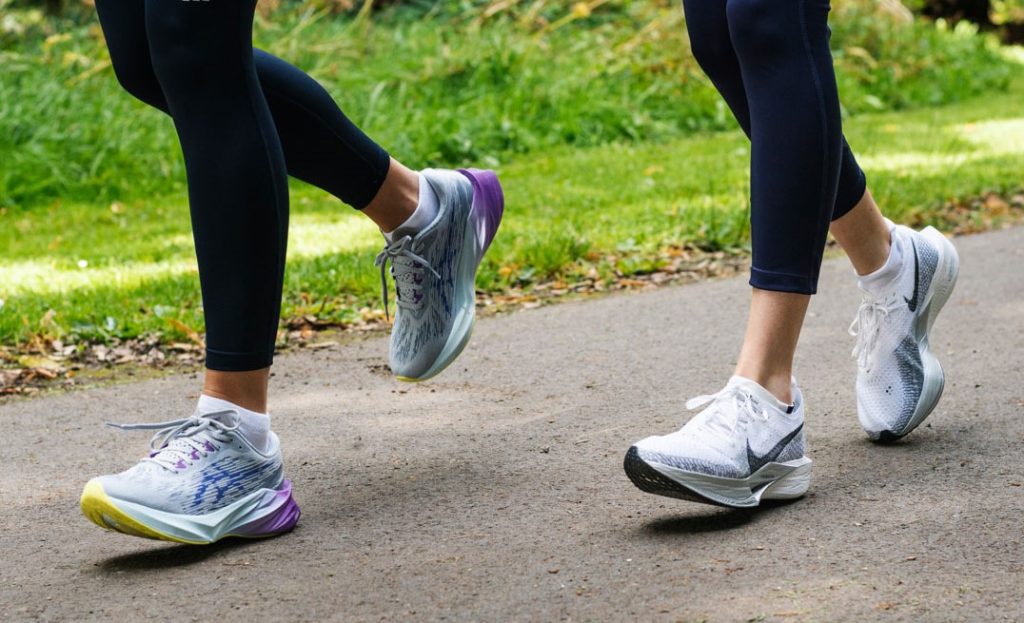Whether you’re a seasoned marathoner or just starting your jogging journey, choosing the right running shoes is essential for comfort, performance, and injury prevention. In this guide, we’ll break down the various types of running shoes available, helping you make an informed decision that suits your needs and preferences.
The Importance of Choosing the Right Running Shoes
Selecting the right running shoes is critical for enhancing your performance and preventing injury. In the world of running, your choice of footwear can significantly impact your overall experience, and here’s why:
Performance Enhancement:
- The right pair of running shoes can improve your running form, helping you achieve better posture and stride efficiency. This can lead to increased speed and endurance.
- Proper cushioning and support in running shoes can reduce the impact on your joints, allowing you to run longer and with less discomfort.
- Running shoes designed for your specific type of running (e.g. road running, trail running, racing) can optimise your performance in those conditions.
Injury Prevention:
- Ill-fitting or inappropriate shoes can lead to common running injuries like shin splints, plantar fasciitis, and stress fractures. Too tight or loose shoes can cause blisters and discomfort, disrupting your training routine.
- The structure of your feet and pronation type (neutral, overpronation, supination) greatly influences your risk of injury. Selecting shoes that provide the right level of support can mitigate these risks.
- Running shoes with good traction and stability can prevent slips and falls, especially when running on uneven terrain or in adverse weather conditions.
Types of Running Shoes
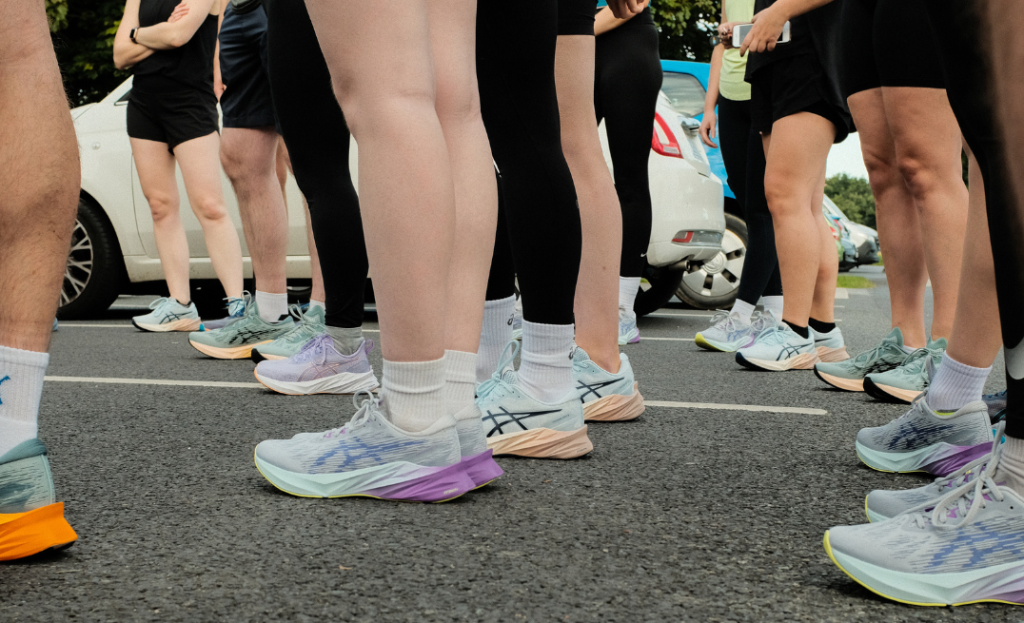
Neutral Running Shoes
Neutral running shoes are designed for runners with a normal or neutral arch. They are versatile and provide a balanced combination of cushioning and flexibility, making them suitable for a wide range of runners.
Ideal for:
- Runners with neutral pronation, meaning their feet neither overpronate (roll excessively inward) nor supinate (roll outward) during their stride.
- Long-distance runners and those who enjoy daily training on roads or tracks.
- Runners who don’t have specific foot issues or injuries.
Key Features:
- Moderate cushioning in the midsole for shock absorption.
- A flexible and responsive sole that promotes a natural foot movement.
- Breathable and lightweight materials for comfort during long runs.
- A neutral platform that doesn’t overly correct your stride, allowing your foot to move naturally.
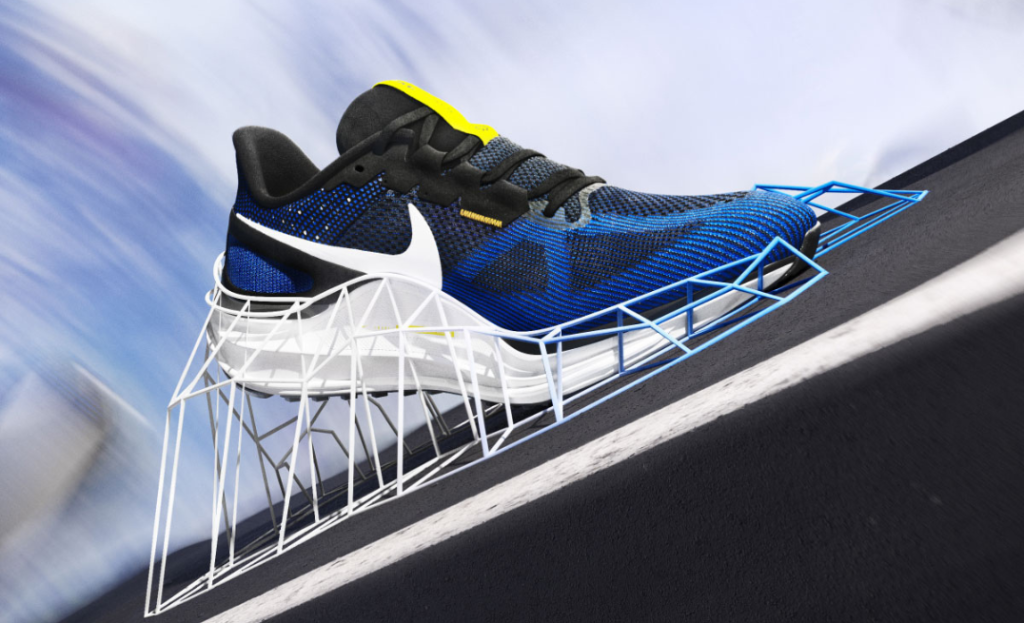
Stability Running Shoes
Stability running shoes are designed to offer added support and control for runners who overpronate. They provide a blend of cushioning and stability features to help maintain proper foot alignment during the running gait.
Ideal for:
- Runners with mild to moderate overpronation, where the foot rolls excessively inward.
- Those who want extra support to prevent common overuse injuries, such as shin splints or plantar fasciitis.
- Long-distance runners who appreciate the added comfort and stability on extended runs.
Key Features:
- A medial post or dual-density midsole that provides arch support and controls pronation.
- Reinforced heel counters for added stability and alignment.
- Good cushioning for shock absorption without excessive softness.
- Durable outsoles with good traction for various running surfaces.
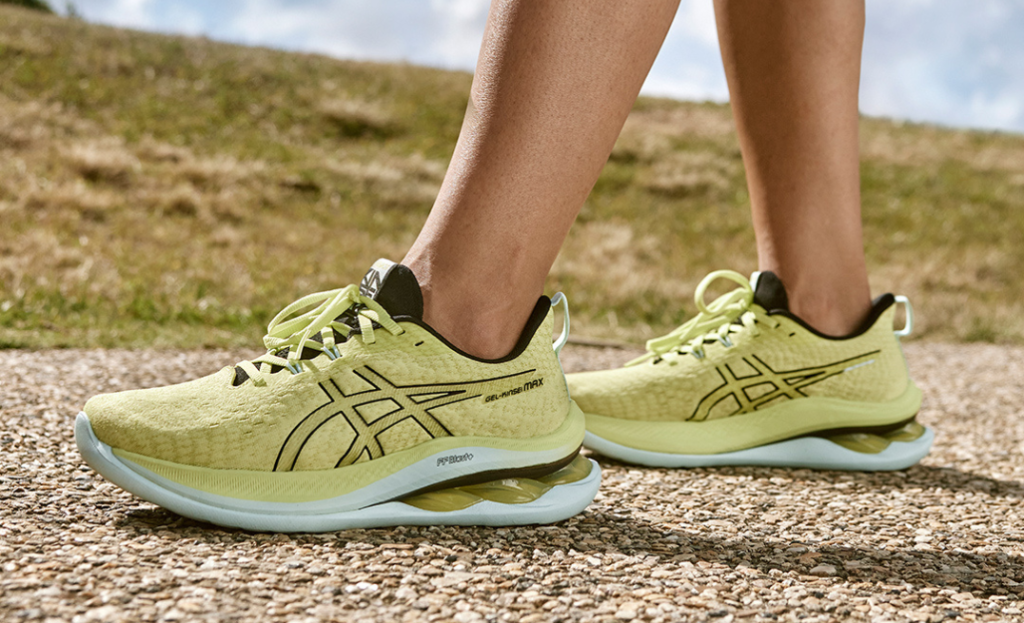
Trail Running Shoes
Trail running shoes are built for off-road adventures. They are designed to provide protection, stability, and traction on rugged and uneven terrain.
Ideal for:
- Trail runners, hikers, and outdoor enthusiasts who tackle challenging terrains like dirt paths, rocky trails, and muddy surfaces.
- Those looking for extra protection from debris and rocks while running off-road.
- Runners who enjoy the excitement of unpredictable terrain and changing conditions.
Key Features:
- Rugged outsoles with deep lugs and aggressive tread patterns for superior grip.
- Reinforced toe caps and durable uppers to protect against trail hazards.
- Enhanced stability features to prevent ankle rolling on uneven surfaces.
- Water-resistant or quick-drying materials to keep feet comfortable in wet conditions.
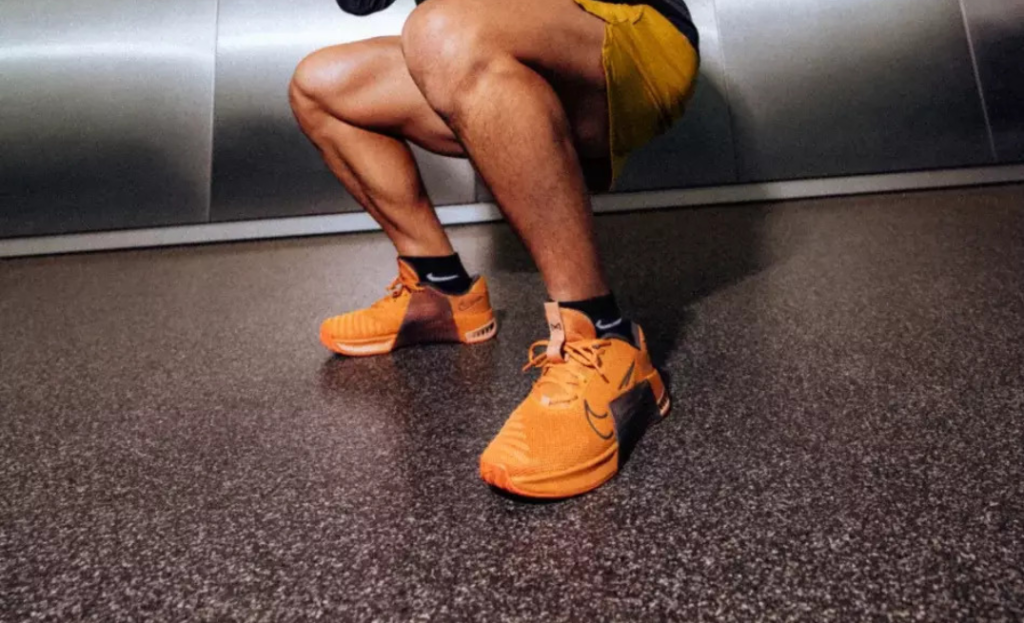
Cross-Training Shoes
Cross-training shoes are designed for various athletic activities beyond running. They aim to provide stability, support, and versatility for various workouts and sports.
Ideal for:
- Individuals who engage in multiple forms of exercise, such as weightlifting, aerobics, or gym workouts, in addition to running.
- Those who want a single pair of shoes that can handle different activities without sacrificing performance.
- Fitness enthusiasts who value support and durability during diverse training sessions.
Key Features:
- Sturdy construction with lateral support to prevent foot rolling during side-to-side movements.
- Cushioning that offers impact protection for running, jumping, and other high-impact activities.
- Versatile outsoles suitable for various indoor and outdoor surfaces.
- Breathable materials to keep feet comfortable during extended training sessions.
Features to Consider
Cushioning
Cushioning in running shoes refers to the padding and shock-absorbing materials in the midsole. It’s designed to reduce the impact of each step and provide comfort during the run.
Why it matters: Cushioning is vital because it directly affects your comfort and the protection of your joints. It can help absorb the shock generated when your feet hit the ground, reducing the risk of injury and minimising the strain on your knees, hips, and lower back. The right amount of cushioning also enhances your overall running experience, making long runs more enjoyable and less fatiguing.
Arch Support
Arch support in running shoes involves specialised features or structures within the midsole that provide varying levels of support for different arches (e.g., high arches, low arches, neutral arches).
Why it matters: Arch support is crucial because it helps maintain the natural alignment of your feet and legs. Proper arch support can prevent overpronation (excessive inward rolling of the foot) or supination (inadequate inward rolling), which can lead to various foot and leg issues. It ensures even weight distribution, reduces ligament strain and enhances stability, which is essential for injury prevention and a more efficient running stride.
Pronation Control
Pronation control refers to the shoe’s ability to address the way your foot rolls during the running. Different shoes offer various levels of pronation control, ranging from neutral to stability and motion control.
Why it matters: Pronation control is essential because it aligns your foot correctly with each stride, reducing the risk of injuries associated with improper foot movement. Overpronation can lead to problems like shin splints and plantar fasciitis, while excessive motion control can cause discomfort and inefficiency. The right level of pronation control ensures that your foot behaves naturally and maintains a balanced stride, which is crucial for injury prevention and running efficiency.
Fit and Sizing
Fit and sizing involve selecting running shoes that accurately match your foot shape and dimensions. This includes considering the shoe’s length, width, and overall shape.
Why it matters: Proper fit and sizing are important because ill-fitting shoes can lead to many problems, including blisters, black toenails, and discomfort during running. Shoes that are too tight can cause circulation issues, while those that are too loose can lead to instability and an increased risk of tripping or rolling an ankle. An ideal fit ensures your foot is secure, preventing unnecessary movement that can lead to injury.
Durability
Durability in running shoes refers to their ability to withstand the wear and tear of running over an extended period. This includes the quality of materials, construction, and the shoe’s ability to maintain its supportive features.
Why it matters: Shoes that wear out quickly can lead to a loss of support and cushioning, increasing the risk of injuries. Durable shoes maintain their structural integrity, providing the necessary support and protection to get the most out of your investment while minimising the chances of injury due to worn-out shoes.
Finding the Perfect Fit
Measure Your Feet:
Your foot size can change over time, so always measure both feet before buying shoes. Go shoe shopping late afternoon or evening when your feet are at their largest due to natural swelling.
Leave Adequate Toe Room:
Ensure there is about a thumbnail’s width (approximately 1.25cm) of space between your longest toe (usually the big toe) and the shoe’s end. This allows for natural foot movement and prevents toe-related issues like black toenails.
Try on Both Shoes:
Always try on both the left and right shoes when fitting. Feet sizes are sometimes different, and ensuring both shoes feel comfortable is crucial.
Wear Appropriate Socks:
Try them on with the socks you intend to wear while running. This ensures you’re getting a true fit and helps prevent surprises when you take them out on a run.
Check for Heel Slippage:
A well-fitting running shoe should cradle your heel snugly but not allow it to slip up and down when walking or running. If you experience excessive heel movement, the shoe may not fit.
Don’t Rely on the Size Label Alone:
Sizing can vary between brands and even between different models from the same brand. Focus more on how the shoe feels on your feet than the size label.
Choosing the right running shoes is crucial and can significantly impact your comfort, performance, and injury prevention while running. Remember that everyone’s feet are unique, and what works for one person may not suit another. It’s essential to understand your needs and preferences.
Take the time to make an informed choice when selecting your running shoes. Whether you’re an experienced marathoner or just starting your jogging journey, the right pair of shoes can make all the difference in helping you achieve your running goals safely and comfortably. Happy running!

